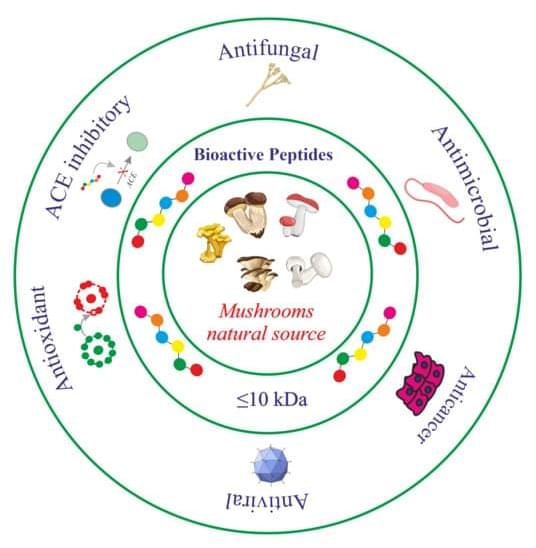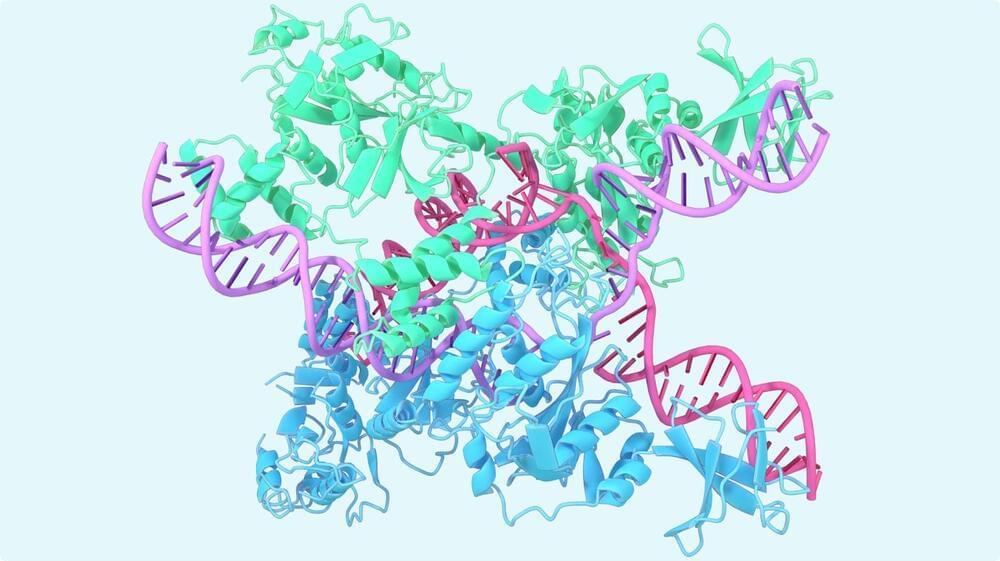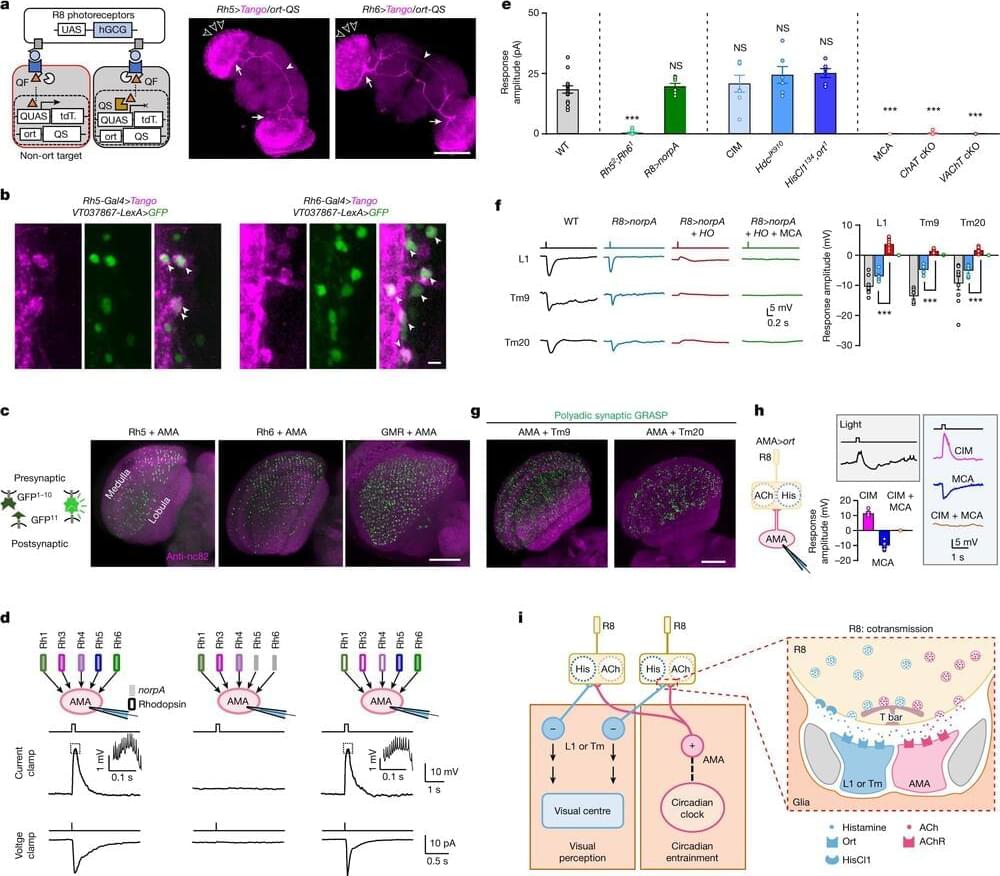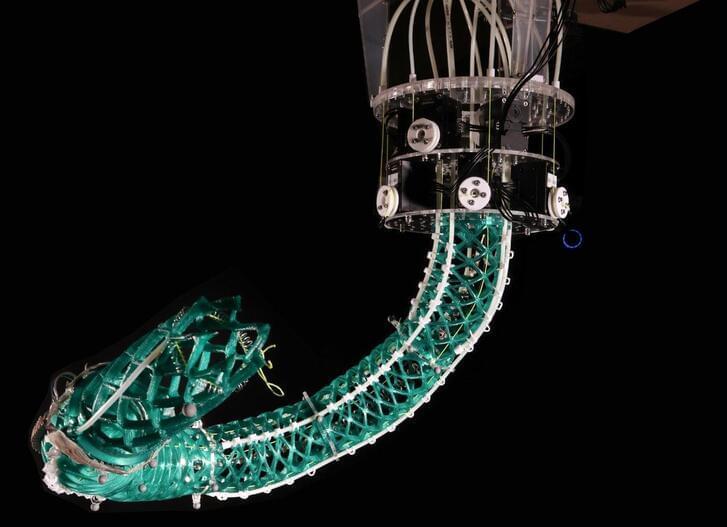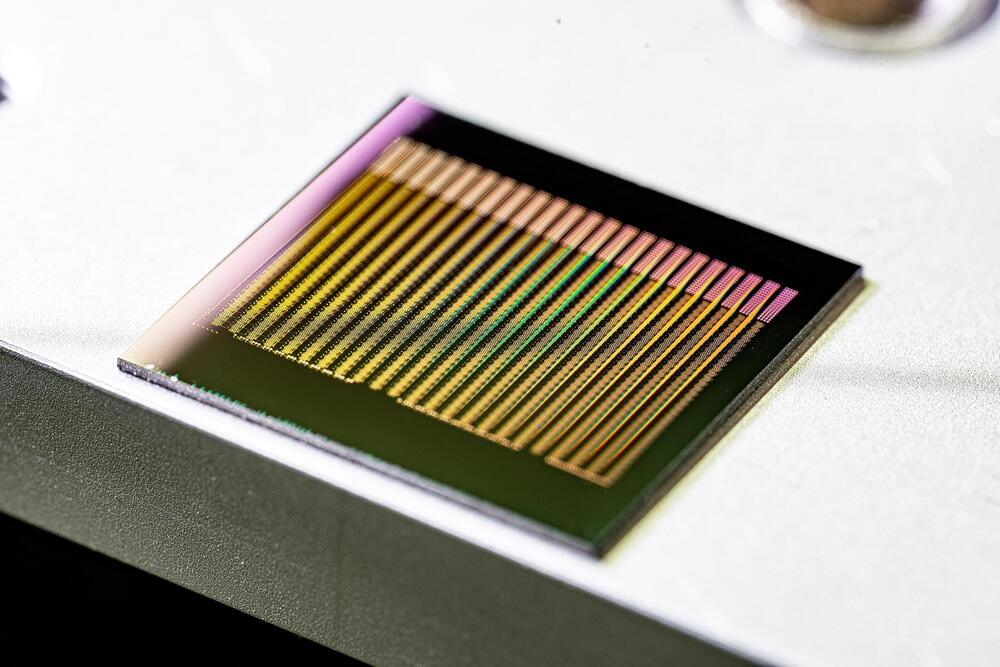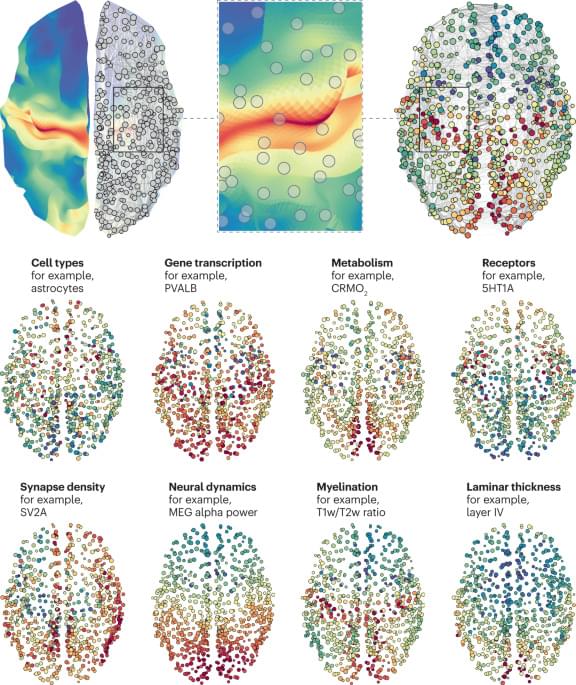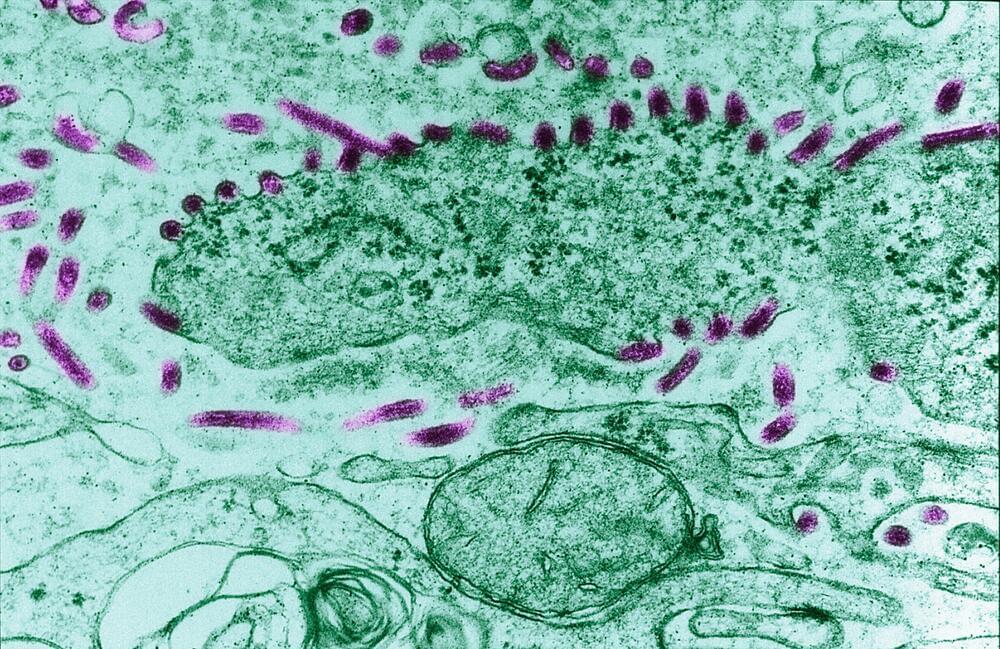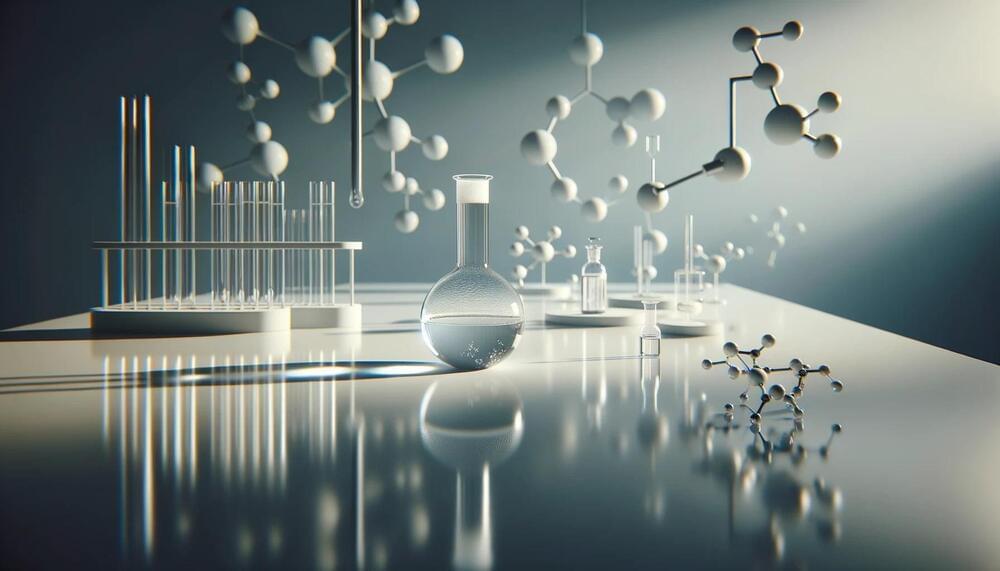
In a new study, Deepmind and colleagues at Isomorphic Labs show early results from a new version of AlphaFold that brings fully automated structure prediction of biological molecules closer to reality.
The Google Deepmind AlphaFold and Isomorphic Labs team today unveiled the latest AlphaFold model. According to the companies, the updated model can now predict the structure of almost any molecule in the Protein Data Bank (PDB), often with atomic accuracy. This development, they say, is an important step towards a better understanding of the complex biological mechanisms within cells.
Since its launch in 2020, AlphaFold has influenced protein structure prediction worldwide. The latest version of the model goes beyond proteins to include a wide range of biologically relevant molecules such as ligands, nucleic acids and post-translational modifications. These structures are critical to understanding biological mechanisms in cells and have been difficult to predict with high accuracy, according to Deepmind.
